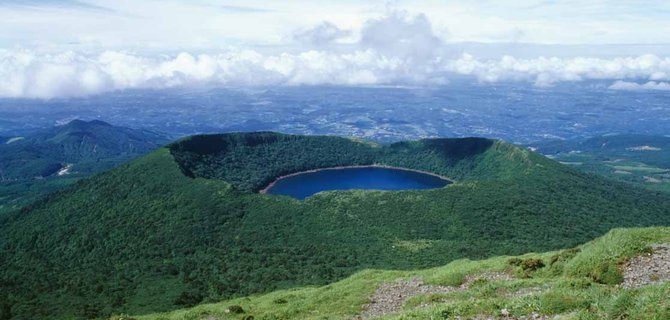Understanding Multifunctional Agriculture
Multifunctional agriculture is a concept that recognizes agriculture's multiple roles, extending beyond the primary function of producing food and fiber. This approach integrates environmental stewardship, landscape preservation, and socio-economic sustainability, particularly in sensitive regions such as mountain areas. The role of multifunctional agriculture is crucial in preserving the unique mountain landscapes that are often threatened by climate change, depopulation, and unsustainable farming practices.
Mountain Landscapes: A Unique Ecosystem
Mountain landscapes are characterized by their diverse ecosystems, rich biodiversity, and cultural heritage. These areas host a variety of plants and animals that have adapted to the harsh conditions and elevation. They also provide essential ecosystem services such as fresh water, carbon sequestration, and recreational opportunities. The preservation of these landscapes is important not only for environmental reasons but also for maintaining the livelihoods of local communities that depend on them.
The Importance of Multifunctional Agriculture in Mountain Areas
Implementing multifunctional agriculture in mountain regions is vital due to the fragile nature of these ecosystems. Sustainable agricultural practices can help in:
- Conserving biodiversity: By adopting methods like organic farming and agroforestry, farmers can enhance habitat diversity and protect native species.
- Preventing soil erosion: Terracing and contour farming reduce soil loss and maintain fertile soil for agricultural use.
- Supporting water management: Efficient water usage and management practices, such as drip irrigation, ensure that the water resources are conserved and used judiciously.
Socio-economic Benefits
Beyond environmental benefits, multifunctional agriculture provides significant socio-economic advantages:
- Livelihood diversification: Integrating non-agricultural activities, like eco-tourism and craft production, provides additional income streams for farm families.
- Community resilience: Building a diversified local economy helps communities better adapt to market and climate fluctuations.
- Cultural preservation: Farming traditions and practices are often tied to the cultural identity of mountain communities, and maintaining these practices contributes to cultural conservation.
Opportunities in Post-Graduate Education
For young graduates interested in making a significant impact on both environmental conservation and rural development, pursuing further education in multifunctional agriculture presents numerous opportunities.
Specialized Training Programs
There are various programs and courses available worldwide that focus on sustainable agriculture, agri-environmental policies, and rural development. Graduates can explore avenues such as:
- Master's degrees in sustainable agriculture: These programs provide in-depth knowledge of eco-friendly farming practices and their application in different environments.
- Certifications in agroecology: Short courses and certifications can offer practical insights into integrating ecological principles into agricultural systems.
- Workshops and seminars: These can enhance understanding of contemporary challenges in agriculture and innovative solutions.
Career Pathways
Equipped with specialized knowledge and skills, graduates can pursue various career paths, including:
- Agricultural consultancy: Advising farms on sustainable practices, environmental compliance, and efficiency improvements.
- Policy-making and advocacy: Working with governments or NGOs to shape agricultural policies that support multifunctional agriculture.
- Research and development: Conducting studies to innovate and enhance sustainable farming techniques.
"Multifunctional agriculture is a transformative approach that combines respect for the environment, economic profitability, and social equity."
Conclusion
The role of multifunctional agriculture in preserving mountain landscapes is undeniably significant. By integrating varied agricultural functions, this approach not only safeguards the environment but also fosters socio-economic development in these regions. For young graduates, this field offers a meaningful career path, combining professional growth with the mission of sustainability. Investing in post-graduate education and training can arm future leaders with the tools necessary to make impactful contributions to this evolving field.





